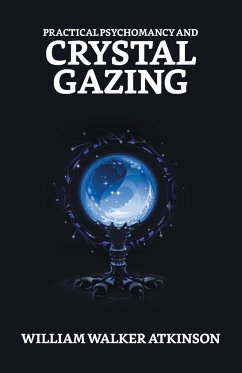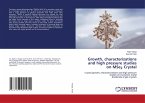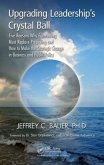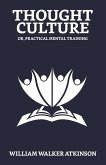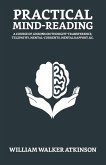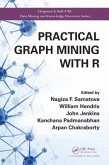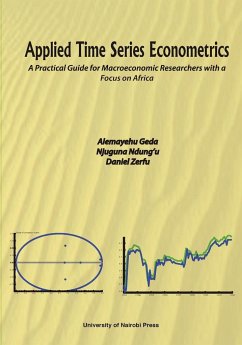Atkinson presents lessons on how to use and refine divination tools that are present in every human. He explains clairvoyance, psychomancy, psychometry and astral projections and how to use our "other" senses to gather information and impact outcomes in physical reality. New Thought" adherents at the turn of the 20th century vehemently believed they could tap into latent and mysterious mental powers, and one of the most influential thinkers of this early "New Age" philosophy offers here, in this delightfully weird 1908 work, a crash course in this benign and useful magic. He authored dozens of New Thought books under numerous pseudonyms, some of which are likely still unknown today, including "Yogi Ramacharaka" and "Theron Q. Dumont.
Bitte wählen Sie Ihr Anliegen aus.
Rechnungen
Retourenschein anfordern
Bestellstatus
Storno

